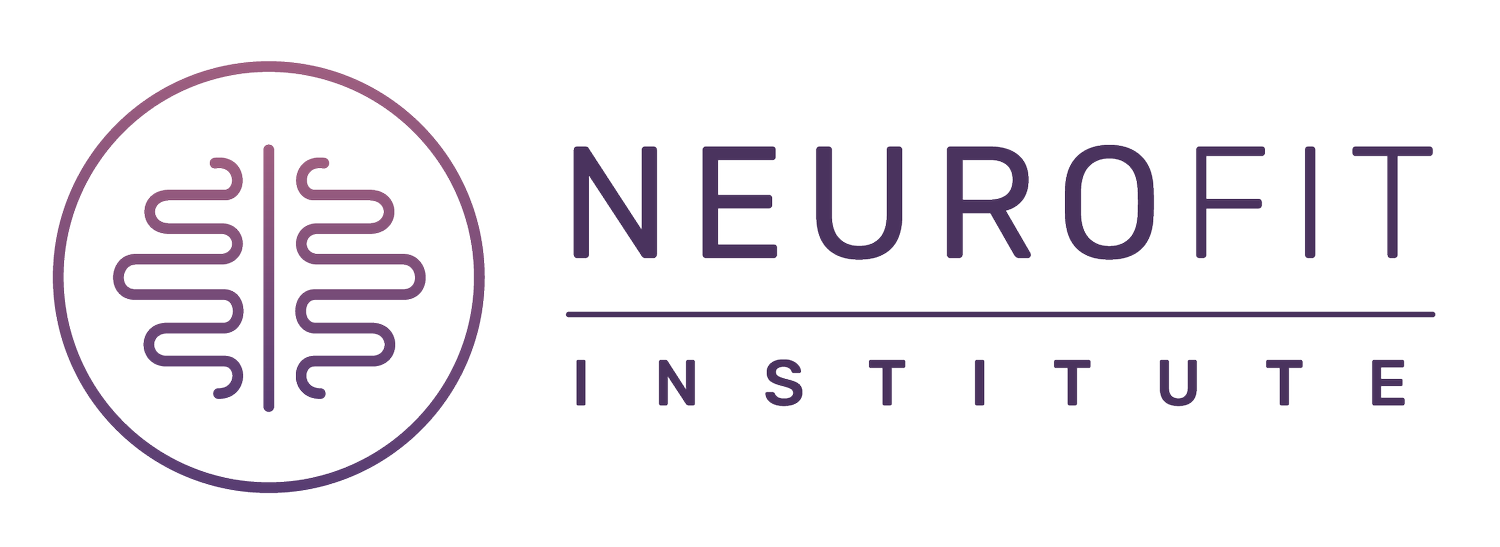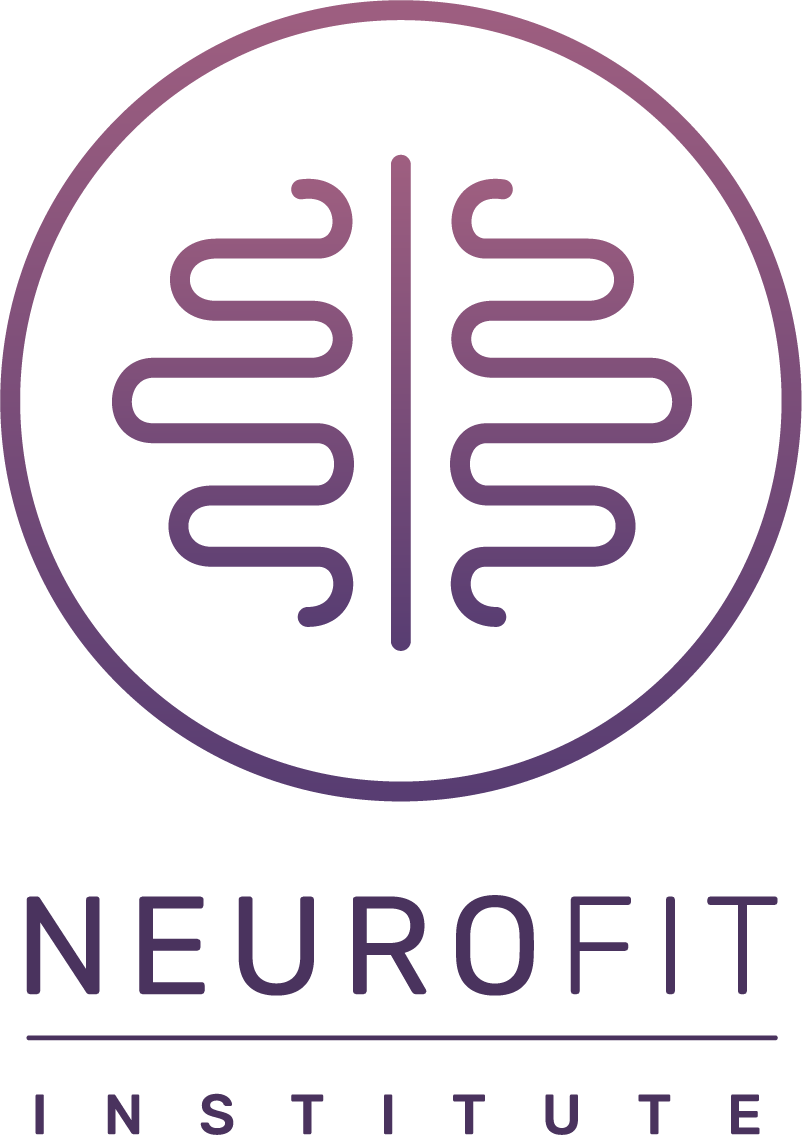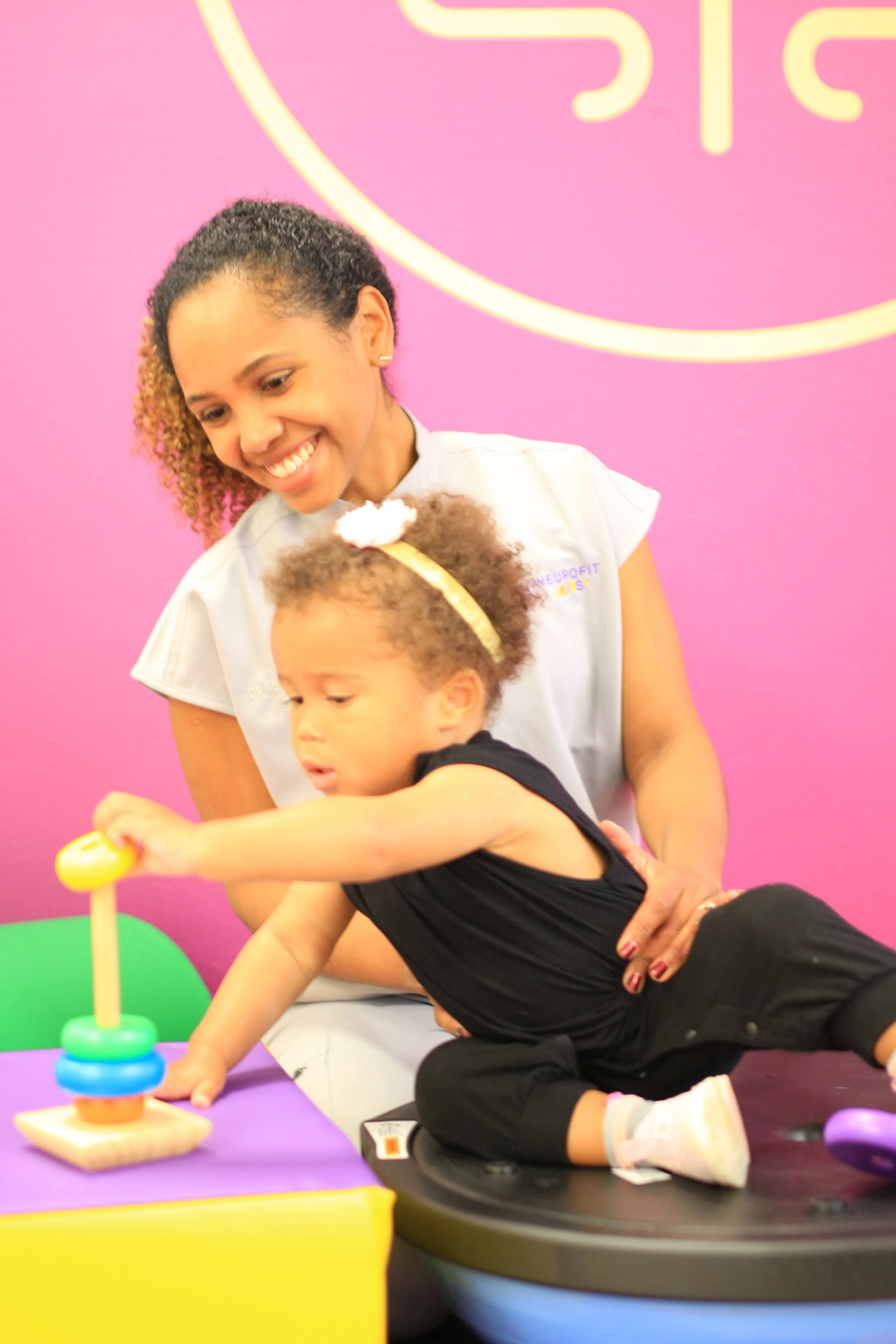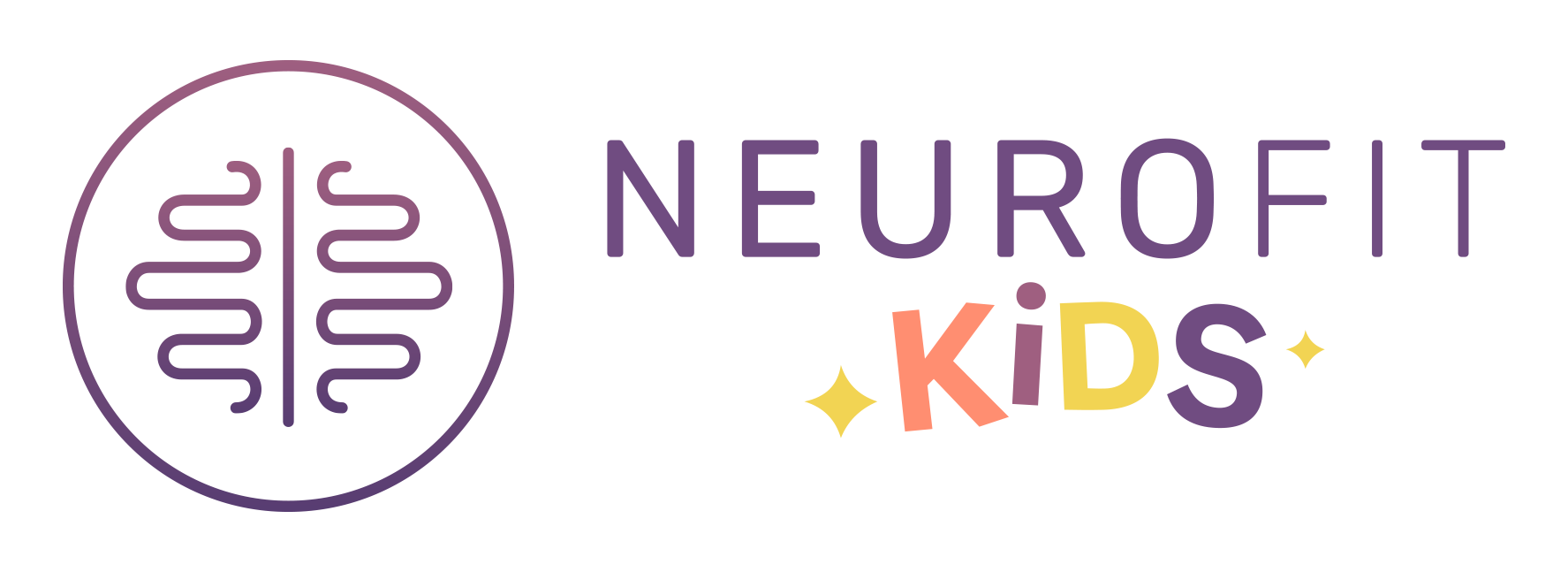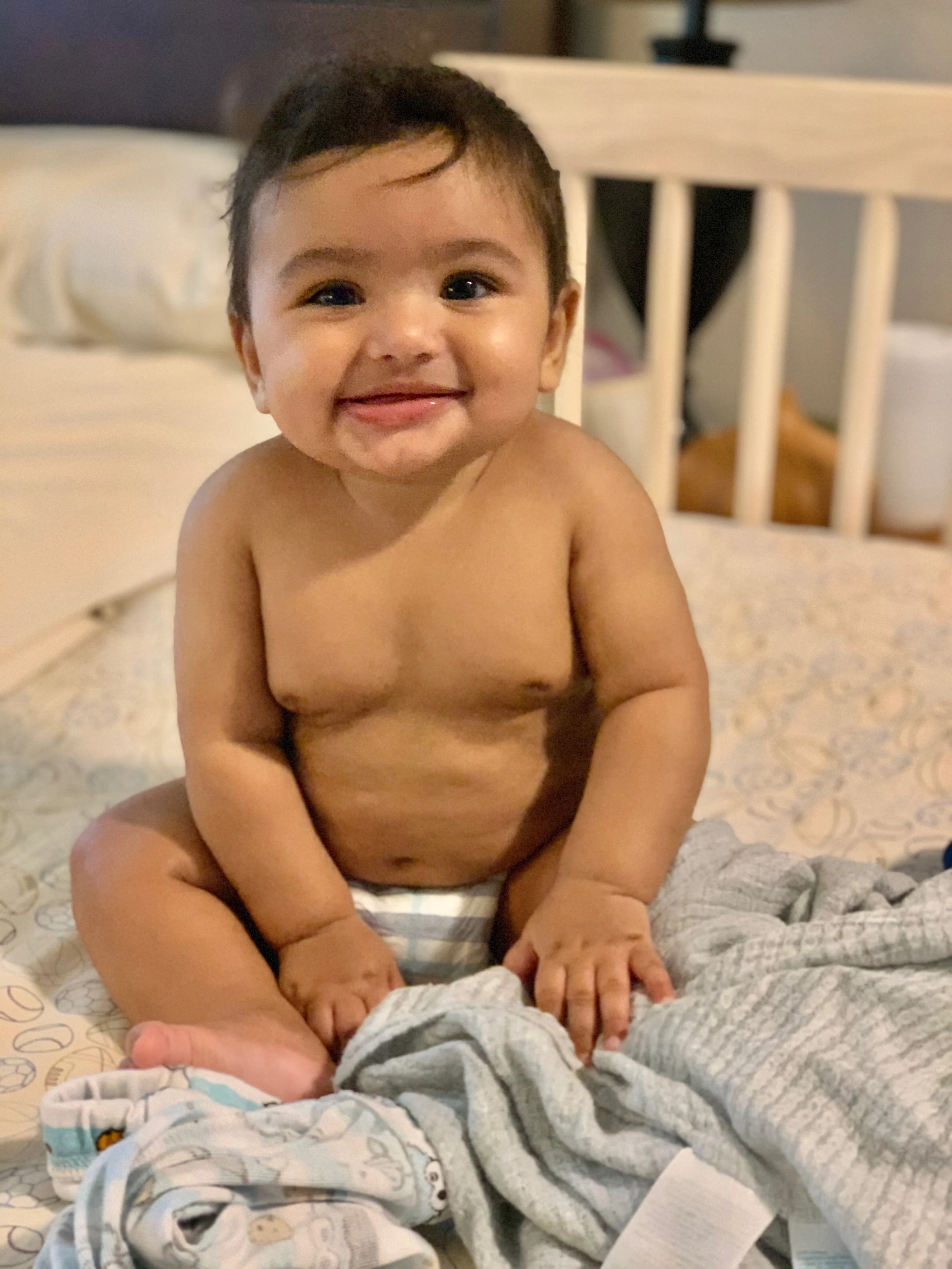Pediatric Physical Therapy
Babies and toddlers with movement challenges are often restricted in their ability to explore their play environment, interact with their caregivers and other children, and learn through movement.
If you have concerns about your child’s gross motor development, Dr. Mendonça can perform a comprehensive assessment, develop a plan of care with your input, and provide evidence-based recommendations and treatment if indicated. She is well versed in pediatric equipment if your child has orthotic or mobility aid needs. She will steer you in the right direction if you are not yet connected with the right services within the community. Dr. Mendonça is passionate about working with families to help their child achieve their fullest potential while empowering parents to advocate for their child’s needs.
Dr. Mendonça is a Total Motion Release (TMR) Tots provider.
Intensive Pediatric PT
The NeuroFit Kids intensive pediatric physical therapy program is different from most intensives because of its whole body approach and long-view on improving and preserving joint integrity and muscle function. This program strives to help the child build new movement patterns and improve function based on a strong, solid foundation. Feeding into compensatory movement patterns to expedite functional gains eventually leads to more maladaptive movements and worsening of orthopedic complications associated with limited or suboptimal mobility. Additionally, our program is focused on active learning by the child and caregiver, places a heavy emphasis on caregiver involvement and empowerment, and carefully curates exercises and activities that are meaningful for the child and their family rather than pushing through a set of predetermined exercises.
The NeuroFit Kids’ intensive pediatric physical therapy program is thoughtfully designed for each child by Dr.Mendonça based on their abilities, strengths, and family’s goals. For more information, please visit the NFK Intensive Program page below.
Lactation and Breastfeeding Informed Infant PT
Breastfeeding supports healthy brain development. As a breastfeeding mother, Dr. Mendonça understands that, while natural, breastfeeding is nothing but second nature. She understands that breastfeeding can have a steep learning curve as both mom and baby learn how to navigate this new territory. For infants with neurological or orthopedic conditions affecting their ability to effectively latch and transfer milk, breastfeeding can be even more challenging.
Dr. Mendonça is a certified lactation counselor (CLC) and utilizes her expertise in pediatric physical therapy to support mothers and infants with breastfeeding and lactation difficulties. Lactation support services provided by Dr. Mendonça include prenatal latch assessment to troubleshoot basic breasting issues including nipple pain, supply issues, positioning intervention and body work for babies with tension or atypical muscle tone, and assessment for torticollis and plagiocephaly.
Please contact us directly if you have questions about our lactation and breastfeeding support services.
FREE Torticollis & Plagiocephaly Screening
Developmental Consultations
Do you have questions about tummy time, motor milestones, or baby and toddler motor skills? A developmental consultation is a safe space for you to ask questions and learn how to support your child’s needs and ongoing development through purposeful play ideas. This is your opportunity to discuss your concerns with Dr. Mendonça, an expert in infant motor development.
A developmental consultation does not take place of an individualized physical therapy assessment.
If your child has a developmental delay or has been diagnosed with a neurodevelopmental condition, please book a pediatric physical therapy evaluation.




















